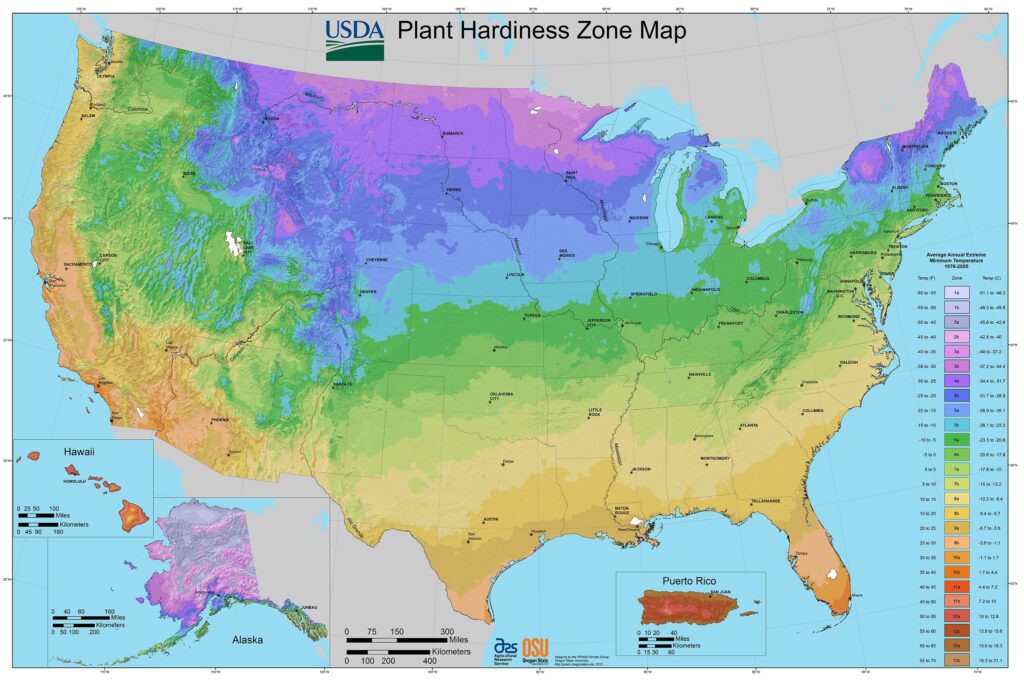If you’re looking for a unique addition to your garden, consider adding cleome. Cleome is an easy-to-grow flower that can be added to any garden even if you don’t have a green thumb. Keep reading to learn more about how to grow and care for cleome.
Best Cleome Varieties
| Image | Name | Rating | Shop |
|---|---|---|---|
 | Outsidepride Cleome Rose | ||
 | Outsidepride Cleome White | ||
 | Cleome Seeds – Fireworks Mix |
How to Grow and Care for Cleome (Spider Flowers)
Cleome Hardiness Zones
The hardiness zones for cleome are 10 and 11 USDA, but some species may be more tolerant of cold than others. Check the specific variety you’re interested in for more information on its cold tolerance.
How Much Sun Do Cleome Need
Cleome plants need at least 6 hours of full sun exposure for optimum blooming. They will also grow in part sun, but their blooms will not be as abundant.
Cleome Soil Requirements
If you’re growing cleome for its elegant flowers, you’ll want to provide it with rich, well-drained soil. You can incorporate some organic matter into the native soil somewhere between 6 weeks and planting time; well-decomposed compost or rotted manure are good choices.
Cleome Soil pH
Cleome likes a soil pH of 6.0 to 7.5, which is acidic to neutral. Soil testing kits are available at most garden centers and online, and they’re easy to use if you’re worried that your soil is outside of this range.
Cleome Plant Spacing
Cleome plants should be spaced 2.5 to 3 feet apart in the garden. They will continue to grow throughout the season and may need to be staked or supported with a trellis or a cage.
Cleome Temperature Requirements
Cleome’s temperature requirements are fairly straightforward – they need daytime temperatures of 75 to 85 degrees Fahrenheit in order to thrive. This makes them well-suited for growing in many parts of the United States, as well as other temperate regions around the world. If you live in an area with cooler summers, you can still grow cleome, but you may need to provide some additional protection for your plants in the late summer and early fall.
Cleome Fertilizer Requirements
Cleome is not a heavy feeder and can live off the nutrients in most soils. However, it’s recommended to add a bit of fertilizer to help the plant grow more vigorously and produce more flowers. A balanced fertilizer like 10-10-10 can be applied at planting time and then again when the plants start to bloom.
Cleome Water Requirements
Cleome is a drought-tolerant plant that can thrive with little water. It does better when its roots are kept slightly moist rather than being saturated. So you can water it every other week or so and it should be fine. During hot, dry summers, you may need to water it more frequently. Just make sure the soil is well-drained so the roots don’t sit in waterlogged soil for extended periods of time.
Cleome Humidity Requirements
If you’re growing cleome you’ll want to make sure that the humidity levels are maintained at around 80 to 90%. This is because cleomes originate from tropical and subtropical regions, so they prefer a bit more moisture in the air than some other plants.
Cleome Pests
There are a few different types of pests that like to feast on Cleome plants. Caterpillars, aphids, spider mites, and whiteflies are all common Cleome pests.
Aphids can be controlled by natural predators such as ladybugs or by spraying them with water or soapy water. Spider mites can be killed with amitraz or other miticides, and whiteflies can be controlled with insecticidal soap, horticultural oils, spinosad, pyrethrin, or azadirachtin.
Related Articles:
Cleome Diseases
Mildew and rust are both common problems for cleomes. Both mildew and rust can be treated with fungicide sprays. Be sure to follow the instructions on the label carefully, and don’t spray when it’s windy because the spray could end up on people or other plants.
















